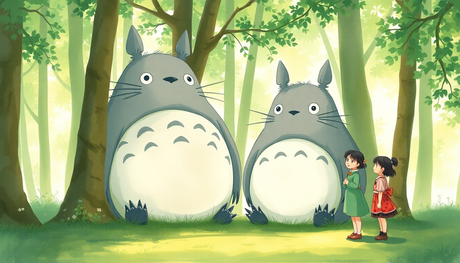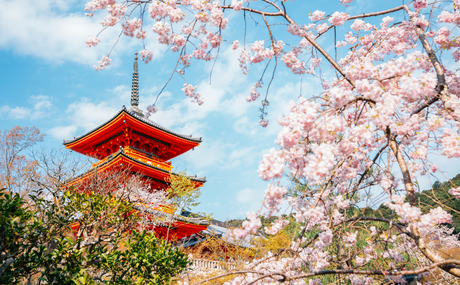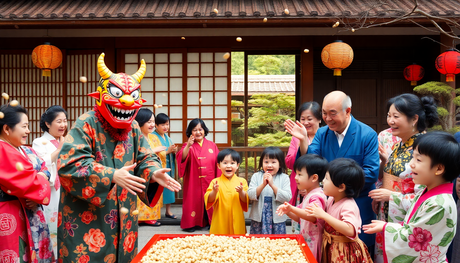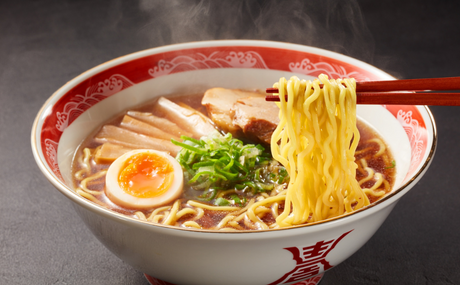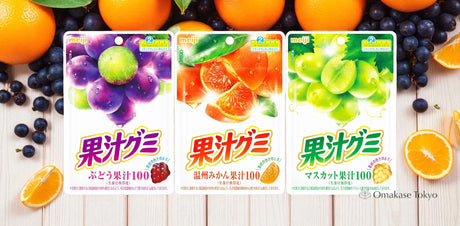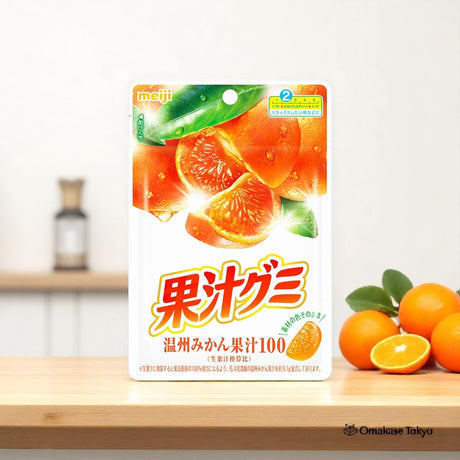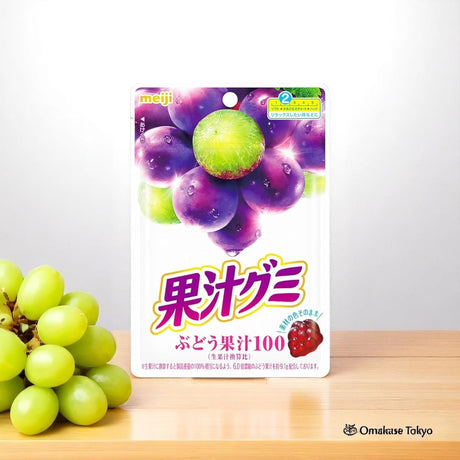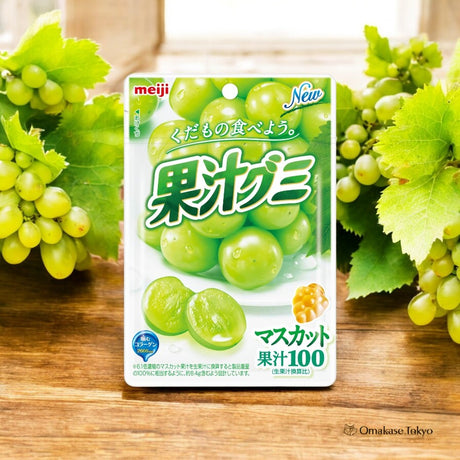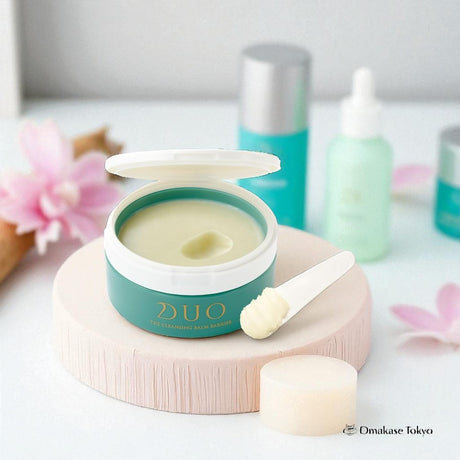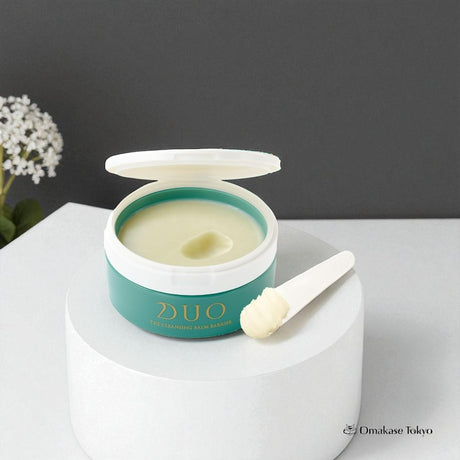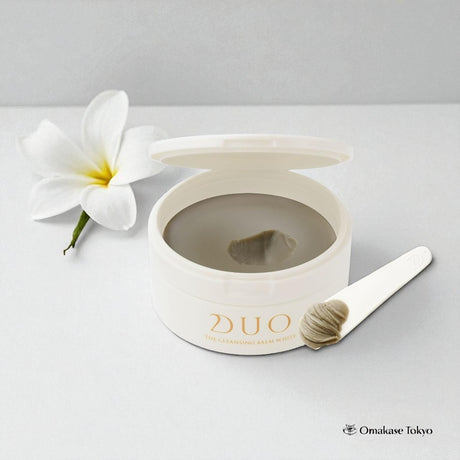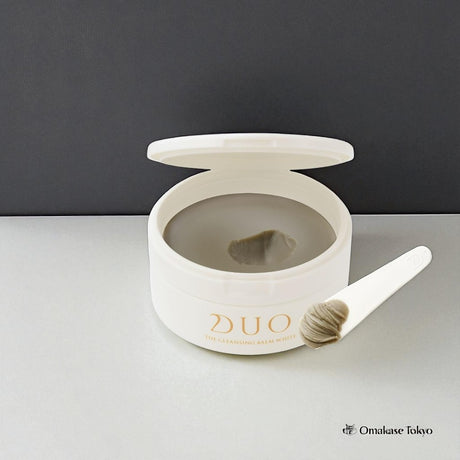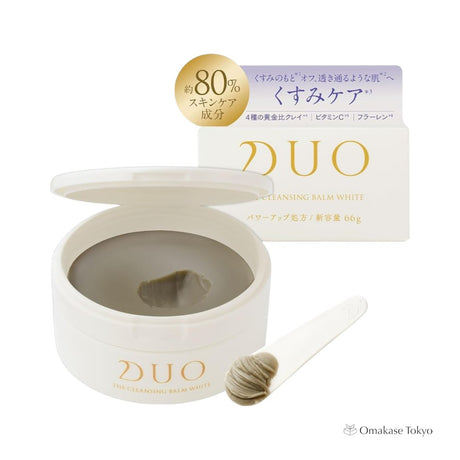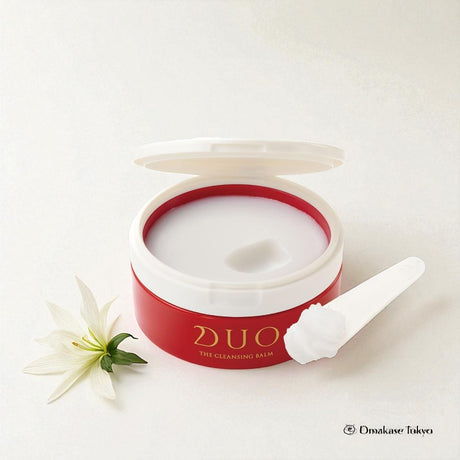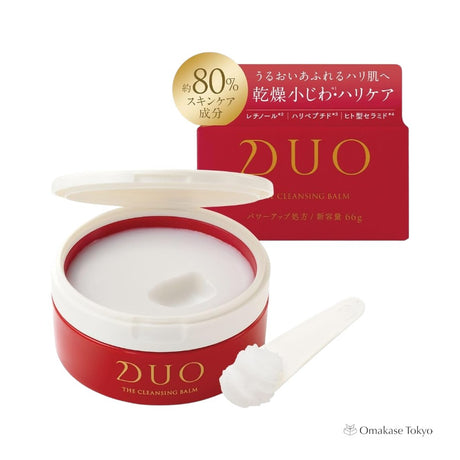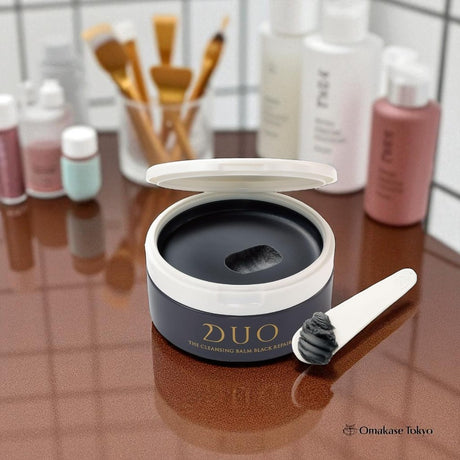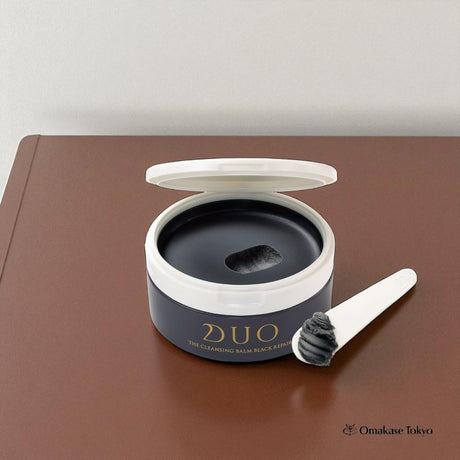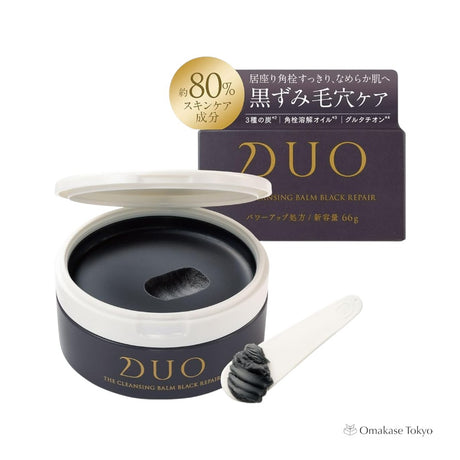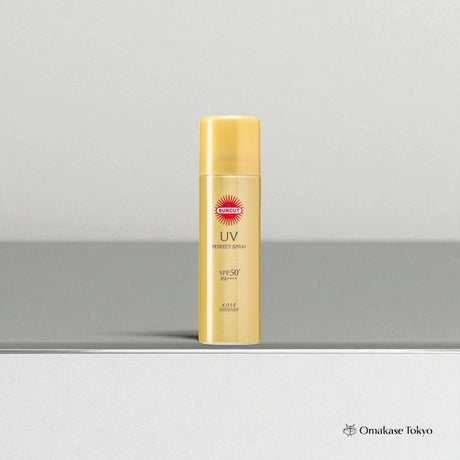As the crisp autumn air settles in, families in Japan prepare to celebrate a cherished tradition known as Shichigosan (七五三). This age-old custom, which translates to "Seven-Five-Three," marks the significant milestones of 3, 5, and 7 years in a child's life, honoring their growth and well-being.
At Omakase Tokyo, we believe that sharing the rich cultural heritage of Japan is not just a passion, but a responsibility. That's why we're excited to invite you to explore the enchanting world of Shichigosan and learn how you can bring this timeless tradition into your own celebrations.
The Origin of Shichigosan
Shichigosan originated in the Heian period (794-1185) and become more widespread during the Edo period (1603-1868). Back then, the celebration was only for aristocratic families, but it has since evolved to include all families in Japan. The numbers three, five, and seven hold significant meaning in Japanese numerology, considered lucky ages that mark critical stages of a child's development.
For instance:
- At three, both boys and girls were allowed to stop shaving their heads (a custom in ancient Japan) and could start growing their hair.
- At five, boys began wearing the traditional hakama (formal trousers) for the first time.
- At seven, girls transitioned into wearing obi, the traditional sash for kimonos, instead of cords.
Shrine Visit: The Heart of the Tradition
On Shichigosan, families dress their children in beautiful kimonos—often rented or handed down from generation—and visit a Shinto shrine. There, they give thanks fir the child's growth and pray for continued health and success. It's a day of great joy for the family, with lots of photos, smiles, and celebrations.
The shrine visit includes a priest's blessing and offering to the kami (gods).
Parents often purchase a Chitose Ame (千歳飴), a long, red-and-white candy that symbolizes longevity and health. "Chitose" means a thousand years, and the candy represents the wish for the child to live a long, happy life. The candy is usually given in a decorated bag with cranes and turtles, both of which symbolize longevity in Japanese culture.
Modern-day Shichigosan
While the core traditions of Shichigosan remain, the celebration has evolved over time. Many families now incorporate Western elements, such as professional photoshoots, into their festivities. However, the underlying significance of honoring a child's milestones and praying for their well-being continues to be the driving force behind this cherished custom.
Conclusion: A Celebration of Growth and Gratitude
Shichigosan is one of those uniquely Japanese traditions that combines joy, spirituality, and family in a way that feels both grand and personal. Whether you're observing it as part of your own cultural heritage or simply curious about the occasion, the essence of Shichigosan—celebration of life, health, and hope for the future, all wrapped up in the beauty of tradition.
So, next time you see those beautiful dressed children on their way to a shirine in November, you'll know they're participating in this meaningful, heartwarming Japanese tradition!




